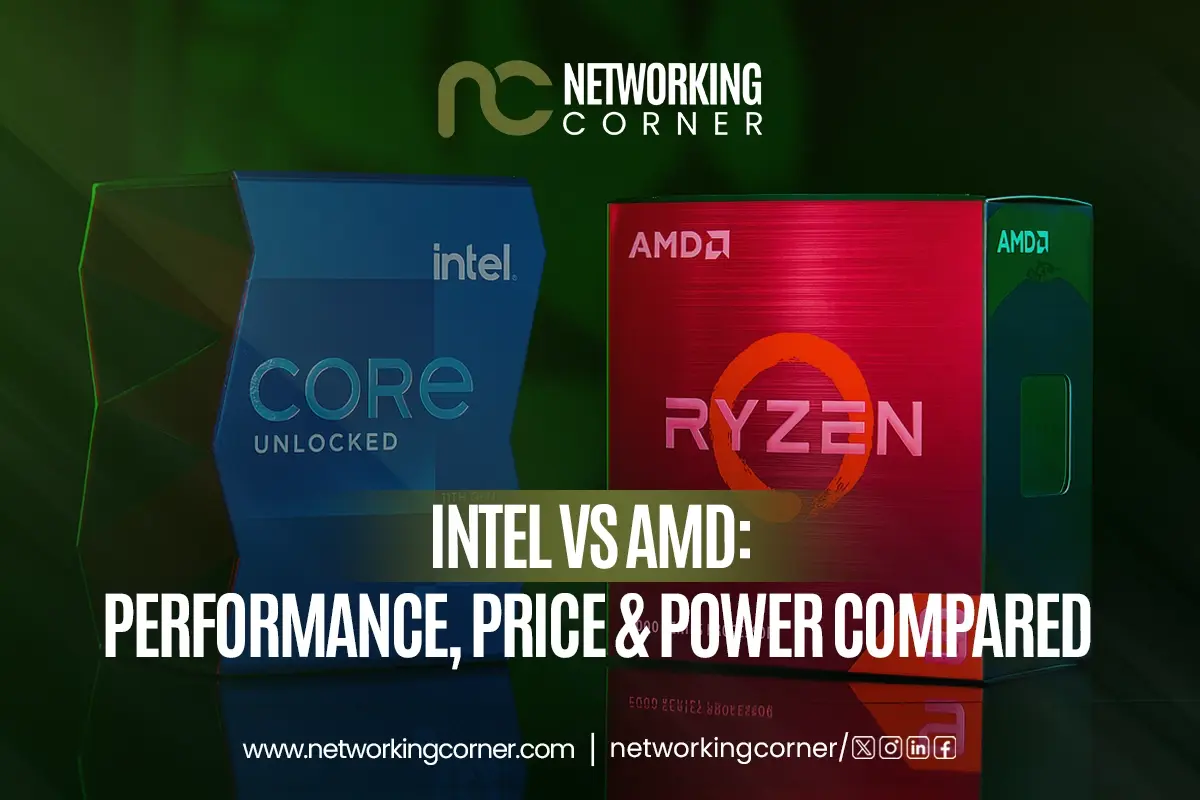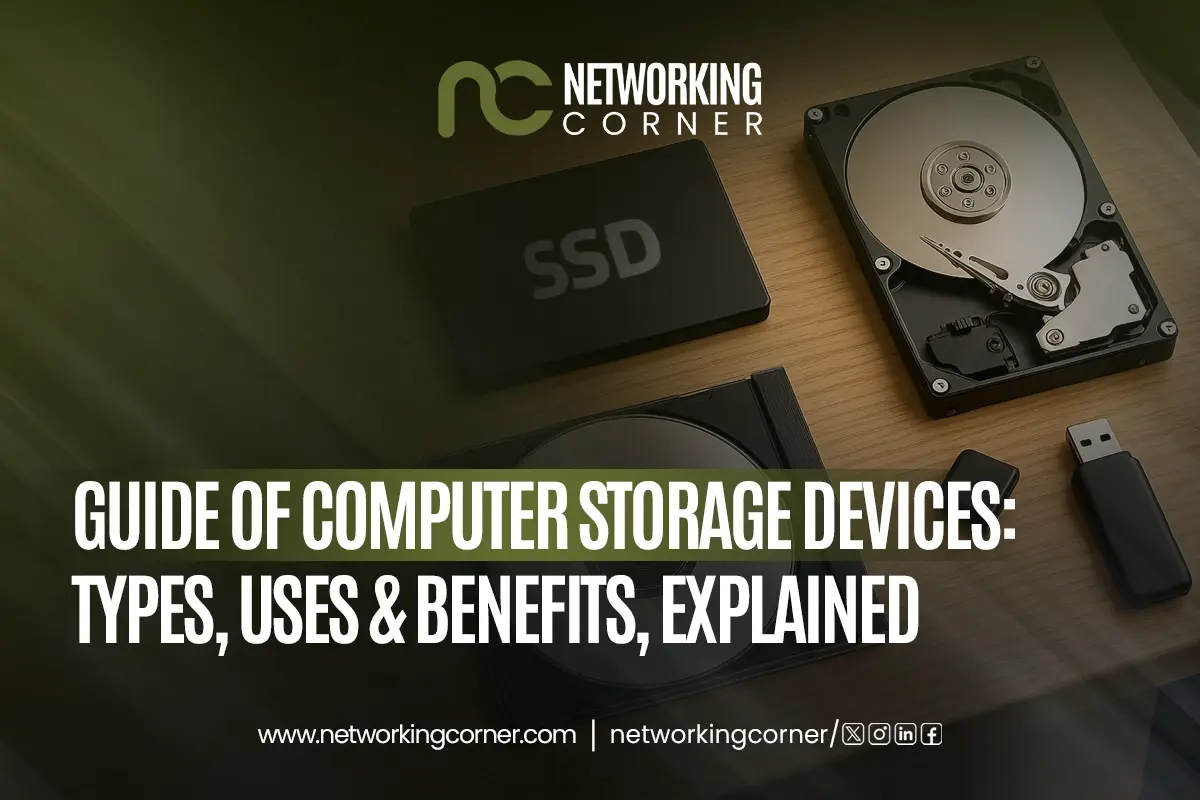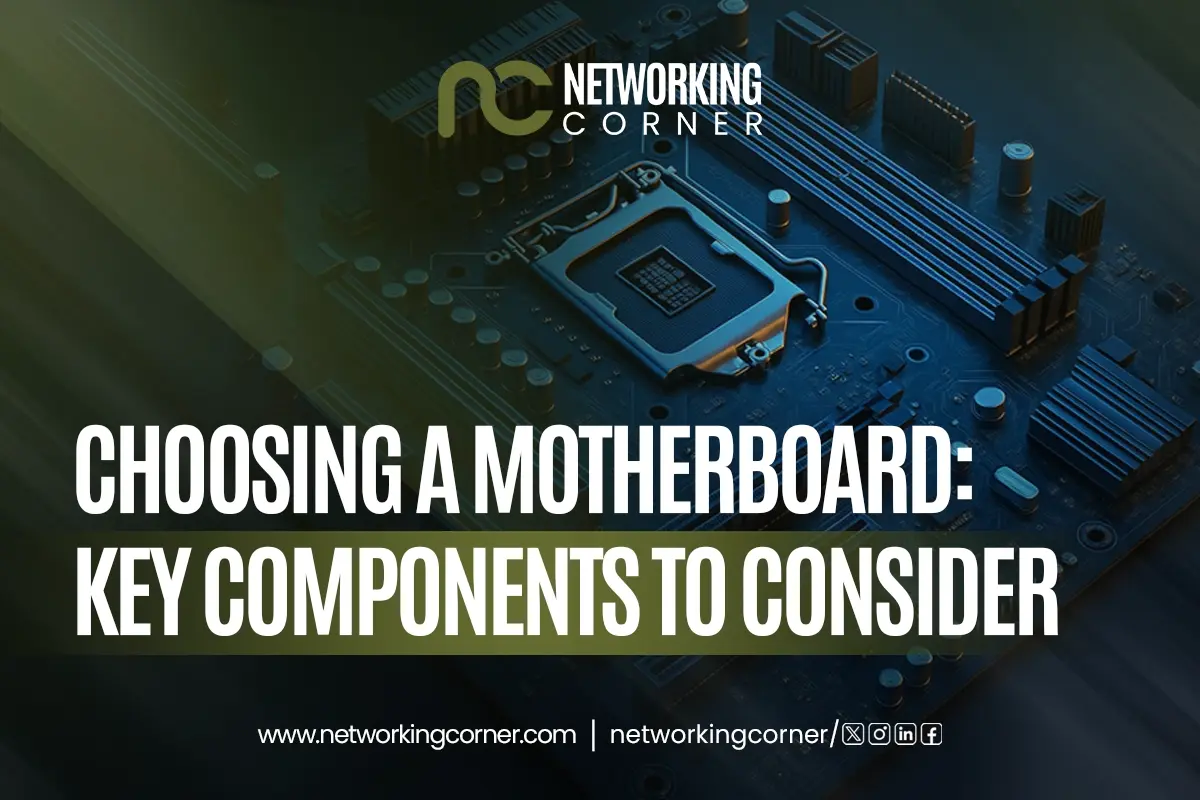- Understanding the Evolution of CPU Competition
- Performance Analysis Across Gaming, Productivity, and AI Acceleration
- Architectural Advantages, Power Efficiency, and Thermal Management
- AMD Motherboard vs Intel Motherboard Compatibility and Longevity
- AMD vs Intel Laptop Performance and Battery Life
- Best Processor for Laptop Gaming and Professional Applications
- Performance per Dollar Metrics and Market Positioning
- Future Roadmap and Technology Trends: Quantum Computing, Neuromorphic Processing, and AI Integration
- Conclusion
- Frequently Asked Questions

The eternal battle between AMD and Intel continues to intensify in the current year, with both semiconductor giants pushing the boundaries of performance, efficiency, and innovation. As consumers face an increasingly complex landscape of processor choices, understanding the fundamental differences between AMD processors and Intel processors becomes crucial for making informed decisions. Whether you're building a gaming PC with AMD vs Intel considerations, selecting the best processor for laptop use, or optimizing a workstation for demanding applications, the choice between these two industry leaders significantly impacts your computing experience.
In 2025, the competition has reached new heights with groundbreaking technologies like AMD's 3D V-Cache and Intel's hybrid architecture reshaping performance expectations. This comprehensive analysis examines real-world performance data, pricing strategies, power efficiency metrics, and platform considerations to help you navigate the complex decision between AMD vs Intel processors.
Understanding the Evolution of CPU Competition
AMD has made remarkable strides against Intel's long-standing dominance, capturing significant market share across multiple segments. As of early 2025, AMD holds approximately 24.7% of the overall x86 CPU market, representing a substantial 4.3% year-over-year increase. The desktop CPU segment exhibits even more dramatic shifts, with AMD securing 27.1% of unit sales and 27.3% of revenue, representing an impressive 7.4% annual gain.
The gaming PC Intel vs AMD battle reveals fascinating trends, with AMD commanding 38.73% of the Steam gaming platform compared to Intel's 61.27%. Regional variations are particularly striking, with German retailer Mindfactory showing 92.16% AMD dominance in DIY enthusiast markets. These statistics reflect AMD's success in positioning itself as the performance leader in gaming and enthusiast segments.
The AI revolution has fundamentally altered processor selection criteria beyond traditional performance metrics. Modern processors increasingly integrate specialized acceleration units for artificial intelligence workloads, with AMD's latest Ryzen AI Max series delivering 12.2x faster performance in large language model tasks compared to Intel's flagship chips. This architectural breakthrough eliminates memory bottlenecks that have plagued AI computing, enabling 14-billion parameter language models to run entirely without splitting.
Server and Enterprise Markets
In the enterprise sector, AMD has surpassed Intel in server revenue despite lower unit sales. AMD's EPYC processors now make up 35.5% of server revenue and 25.1% of units, showing strong competition in enterprise markets. The EPYC 8004 Series is designed for edge computing, with up to 64 CPU cores for telco, edge, remote office, and datacenter use, leveraging 5nm technology for efficiency, temperature tolerance, and acoustics. Cloud computing favors density, efficiency, and acceleration over raw power. The EPYC 9004 series (Genoa, Bergamo) offers up to 96 cores and 192 threads, or 128 cores with Zen 4c, outpacing Intel's Xeon Scalable 4th Gen, which has up to 60 cores and 120 threads.
Performance Analysis Across Gaming, Productivity, and AI Acceleration
AMD has established clear dominance in gaming performance through its revolutionary 3D V-Cache technology. The Ryzen 7 9800X3D stands as the undisputed gaming CPU champion, delivering exceptional frame rates across modern titles, including Elden Ring, Starfield, and Hogwarts Legacy. Performance testing reveals the 9800X3D outperforms Intel's flagship Core Ultra 9 285K by an astounding 35% in 1080p gaming scenarios.
The Ryzen 9 9950X3D extends this dominance further, achieving 37% better performance than Intel's Core Ultra 9 285K while maintaining competitive productivity capabilities. These gaming CPUs consistently deliver superior 1% low frame rates, providing smoother gaming experiences even in GPU-limited scenarios.
Intel processors maintain competitiveness in specific gaming scenarios, particularly titles optimized for high clock speeds like Counter-Strike 2 and Flight Simulator 2024. However, the overall trend clearly favors AMD's gaming-focused architectures. Especially when considering the AMD or Intel for gaming laptop decision. AMD consistently outperforms Intel in laptop gaming scenarios through superior performance, thermals, and battery life metrics.
Productivity and Content Creation Performance
The productivity landscape presents a more nuanced comparison between AMD vs Intel processors. Intel maintains advantages in single-threaded applications, with the Core 7 285K taking the lead across most single-threaded benchmarks. This superiority translates to faster performance in latency-sensitive applications and day-to-day responsiveness.
AMD processors excel in multi-threaded workloads, with the Ryzen 9 9950X and 9950X3D leading in overall multi-threaded performance by slim margins. The best processors for content creation often depend on specific workflow requirements, with AMD favoring video editing and rendering while Intel excels in applications requiring single-threaded performance.
For CAD workstation applications, processor selection becomes even more specialized. 3D CAD applications are generally single-threaded, which means most operations run on a single CPU core. As a result, it's important to prioritize frequency (GHz) over the number of cores, making Intel's higher single-threaded performance particularly valuable for professional CAD workflows.
AI Workload Performance and NPU Integration
AMD's Ryzen AI 300 Series processors have significantly outperformed Intel's Core Ultra line in AI benchmarking tests, particularly when handling large language models (LLMs). The Ryzen AI 9 HX 375 processor outperformed Intel's Core Ultra 7 258v by up to 27% tokens per second, while achieving a staggering 3.5x faster "time to the first token".
Intel's Neural Processing Unit (NPU) technology features a distinctive architecture that combines compute acceleration with sophisticated data transfer capabilities. The scalable multi-tile design supports high-performance AI processing through Neural Compute Engines equipped with specialized hardware acceleration blocks optimized for Matrix Multiplication and Convolution operations.
NPUs can be up to 10,000 times faster at accelerating machine learning tasks compared to GPUs, making them essential for real-time AI applications in edge computing, IoT, and mobile devices. AMD's XDNA architecture-based NPUs, combined with Variable Graphics Memory (VGM) technology, enable integrated GPUs to access more system RAM, significantly improving LLM flow and overall AI performance speed.
Architectural Advantages, Power Efficiency, and Thermal Management
AMD processors demonstrate significant power efficiency advantages through their advanced 4nm TSMC manufacturing process. The architectural design, particularly the separate I/O die implementation, contributes to more efficient power distribution and thermal management. AMD CPUs typically consume 105W TDP compared to Intel's 125W specifications for comparable performance tiers.
Power consumption testing reveals that AMD processors generally use less power for equivalent workloads compared to Intel processors. AMD's 4nm chips either consume less power or provide much better power-to-performance efficiency, resulting in users getting more work done per watt of energy consumed.
Thermal Characteristics and Long-term Reliability
Intel processors tend to generate more concentrated heat in smaller die areas, creating challenges for cooling solutions. The thermal density differences mean that identical wattage ratings between AMD vs Intel can result in different operating temperatures even with identical cooling solutions. AMD's chiplet design enables more even heat distribution across the processor die, facilitating more effective thermal management.
Research demonstrates that thermal throttling occurs when components overheat, reducing performance to prevent damage. Elevated temperatures can throttle CPU speeds by up to 50% below maximum capability, directly impacting system responsiveness and application performance. For every 1°C increase in ambient temperature, CPU temperatures tend to rise by about 1°C, making thermal management crucial for sustained performance.
Studies on processor aging reveal that prolonged thermal stress impacts CPU aging under sustained workloads like mining or AI inference. Commercial CPUs subjected to such stress could experience significant degradation, leading to failure in just over a year, despite normal short-term performance appearing unchanged. This research highlights the importance of proper thermal management for long-term processor reliability.
Failure Rate Analysis and Reliability Data
Recent failure rate analysis by Puget Systems provides valuable insights into real-world processor reliability. AMD Ryzen 5000 and 7000 series CPUs have a failure rate of over 4%, while Intel's 13th and 14th-generation CPUs show failure rates of over 2%. Despite concerns about Intel's latest chips, the data suggests that Intel's troubled CPUs still fail less often than AMD's newest Ryzen CPUs.
However, these failure rates must be considered in the context of operational parameters. Puget Systems attributes their relatively low failure rates for Intel CPUs to conservative power management practices, strictly adhering to Intel's specifications and developing custom settings to avoid excessive voltage and power issues.
Component lifespan studies indicate that modern processors from both manufacturers typically last 10-15 years when properly managed thermally. The 10-year lifetime assumes worst-case scenarios of 100% powered operation at a constant junction temperature of 105 °C. Operating at lower temperatures can significantly extend useful lifetime - running at 90°C effective temperature instead of 105°C can double the useful lifetime.
AMD Motherboard vs Intel Motherboard Compatibility and Longevity
AMD motherboard vs Intel motherboard selection significantly impacts long-term upgrade potential and system costs. AMD has demonstrated superior platform longevity, with the AM4 socket supporting processors from 2016 through 2024, an impressive 8-year compatibility window. This extended support allows users to upgrade processors without replacing motherboards, reducing total system costs.
Intel processors traditionally require more frequent platform changes, with socket compatibility typically lasting 2-3 years. However, Intel motherboards often provide superior ecosystem integration and broader peripheral support. The choice between AMD or Intel motherboard for gaming frequently depends on upgrade timeline preferences and budget considerations.
AMD motherboards often provide a better value proposition in mid-range segments, frequently including features like Wi-Fi and additional connectivity options at lower price points. Intel motherboards typically require a higher investment for equivalent feature sets, but often provide more robust ecosystem integration and professional software compatibility.
Feature Integration and Professional Requirements
Professional workstation requirements often favor specific platform features that can influence processor selection. Intel processors traditionally offer broader Thunderbolt support and ecosystem integration advantages. Particularly important for professional workflows requiring high-speed peripheral connectivity.
For mobile workstation applications, the AMD vs Intel laptop comparison becomes more complex. AMD usually has a better iGPU and has more power-efficient CPUs, while Intel does better with peripherals (i.e., Thunderbolt capability) and tends to give more raw CPU power. These attributes make Intel more viable for workstation applications requiring extensive peripheral connectivity.
CAD software puts big demands on the CPU and is arguably the most important component when choosing a workstation. Intel CPUs remain standard in virtually all workstations due to their superior single-threaded performance and established ecosystem integration with professional CAD applications.
Cloud Computing and Edge Computing Evolution
The growing importance of cloud and edge computing creates new processor evaluation criteria emphasizing specialized acceleration capabilities. Dominance by Early 2030s: ReThink Technology Research projects that 74% of the world's data will be processed outside traditional data centers by the early 2030s, with more than half of this processed directly at the edge by 2031.
AMD EPYC 8004 Series processors achieve ambitious goals by leveraging 5nm process technology to extend the efficient "Zen 4c" core architecture to lower core count CPU offerings with reduced TDPs ranges between 70W and 200W. This specialized configuration delivers high power efficiency, temperature tolerance, and low cooling requirements essential for edge deployments.
AMD vs Intel Laptop Performance and Battery Life
AMD vs Intel laptop processors present distinct advantages depending on use case priorities. AMD laptop processors generally provide superior multi-threaded performance and integrated graphics capabilities, making them ideal for content creation and light gaming scenarios. The Ryzen 7-7730U offers 8 cores/16 threads with excellent power efficiency and superior integrated Radeon graphics.
Intel processors in laptops typically excel in single-threaded performance and offer better Windows optimization. The Core i7-1355U features a hybrid architecture with 10 cores (2 performance + 8 efficiency) and strong integrated Iris Xe graphics. Intel also provides broader Thunderbolt support and ecosystem integration advantages.
Battery life comparisons reveal significant differences between architectures. Testing shows that Intel laptops can achieve over 8.5 hours of internet work use compared to AMD's five hours, despite AMD's reputation for power efficiency. However, better software optimization could give AMD at least another hour and a half of battery life, suggesting room for improvement in mobile platform optimization.
Best Processor for Laptop Gaming and Professional Applications
For gaming laptop applications, the choice between AMD or Intel for a gaming laptop depends on specific performance requirements and budget constraints. AMD consistently outperforms Intel in laptop gaming scenarios, particularly in performance, thermals, and battery life metrics. Real-world testing shows AMD gaming laptops delivering superior frame rates while maintaining cooler operation and extended battery life.
Intel's current lineup arguably edges out AMD primarily due to its robust on-chip AI acceleration, deep ecosystem integrations, and advancements in platform I/O. Intel's continued leadership in single-core performance and superior PCIe 5.0 support make connecting external accelerator-class GPUs seamless, crucial for professional mobile computing workflows.
Mobile Workstation Evolution and Emerging Technologies
The growing mobile workstation market requires processors capable of handling AI development, CAD applications, and professional video editing on portable platforms. Intel's oneAPI AI Analytics toolkit grants users ready access to performance-tuned libraries for deep learning, inferencing, and data manipulation, providing significant advantages for professional AI development workflows.
NPU integration becomes increasingly important for mobile AI acceleration. Intel's NPUs include built-in device Memory Management Units (MMUs) and I/O Memory Management Units (IOMMUs) that support multiple concurrent hardware contexts while ensuring security isolation. This architecture enables efficient local AI processing without requiring cloud connectivity.
AMD's approach delivers similar AI performance without requiring discrete graphics cards, making mobile AI computing more accessible and power-efficient. The unified memory architecture in AMD's Ryzen AI Max series enables large language models to run without memory constraints, which typically limit mobile AI applications.
Performance per Dollar Metrics and Market Positioning
AMD processors traditionally offer superior performance per dollar ratios, particularly in mid-range and high-end segments. The Ryzen series consistently provides more cores and threads at equivalent price points compared to Intel processors. This value advantage extends across gaming and productivity applications, making AMD attractive for budget-conscious builders seeking maximum performance.
Intel processors command premium pricing but often justify costs through ecosystem benefits, software optimization, and platform features. Professional users requiring specific software compatibility or enterprise features may find Intel's premium worthwhile despite higher initial costs.
Platform costs significantly impact overall system pricing beyond the processor MSRP. AMD platforms often require lower motherboard investment while providing upgrade flexibility. Intel systems may necessitate higher initial platform costs but offer broader peripheral compatibility and professional software optimization.
Long-term Value Proposition and Upgrade Pathways
Understanding total cost of ownership requires examining upgrade costs, platform longevity, power consumption expenses, and resale values over 3-5 year ownership periods. AMD's superior platform longevity through extended socket support provides significant long-term value advantages for users planning multiple processor upgrades.
Intel's frequent platform changes typically require motherboard replacement every 2-3 years, increasing total system costs. However, Intel's broader ecosystem compatibility and professional software optimization may justify these costs for business and enterprise applications requiring specific features.
Professional and Enterprise Value Considerations
Professional applications need features affecting costs beyond performance. Intel offers value with broader peripheral support and ecosystem integration for Thunderbolt, accelerators, or security. AMD's competitive prices and core counts appeal for multi-threaded tasks like video editing, 3D rendering, and scientific computing, offering better price-performance. Enterprise costs include licensing, support, and validation. Intel's ecosystem may lower these for existing Intel users, while AMD's prices can cut costs for new setups.
Future Roadmap and Technology Trends: Quantum Computing, Neuromorphic Processing, and AI Integration
Intel has outlined ambitious roadmap goals targeting process leadership by 2025 through its "five nodes in four years" strategy. The company aims to achieve 18A process technology with advanced features like PowerVia and RibbonFET, potentially providing 10% performance per watt improvements. However, recent roadmap adjustments, including the cancellation of 20A processors, raise questions about execution timelines.
AMD continues leveraging TSMC's advanced manufacturing capabilities, with current 4nm processes providing significant efficiency advantages. Future Zen architectures will likely utilize even more advanced nodes, maintaining AMD's manufacturing edge through the TSMC partnership.
Both companies pursue distinct architectural philosophies, shaping future processor development. AMD focuses on chiplet designs, enabling scalable core counts and specialized function units. Intel emphasizes hybrid architectures combining performance and efficiency cores with integrated accelerators for AI and specialized workloads.
Quantum Computing Interfaces
Intel's quantum projects include the 12-qubit Tunnel Falls silicon chip for research, building on decades of transistor expertise toward a full-stack quantum system.
Neuromorphic computing is a new approach that makes chips act more like the human brain. Intel's Hala Point system has 10 times more neurons and up to 12 times performance increases over early systems, with much better energy efficiency.
Quantum computing is moving from labs to applications, with firms like Google, Microsoft, and Amazon making advancements. Merging quantum and classical systems will improve, despite challenges like decoherence and error correction.
AI Acceleration and Specialized Processing Evolution
Neuromorphic systems are at a pivotal stage, with size being a key progress metric. Intel's Hala Point has 1.15 billion neurons, but larger systems are needed for complex real-world challenges. These brain-inspired approaches offer significant advantages for AI needing ultra-low power. AI acceleration now extends beyond traditional NPUs, with sensor fusion, AI navigation, and real-time data processing enhancing autonomous and edge systems. AI's electricity use is expected to double by 2026, making neuromorphic computing a promising, sustainable solution that balances energy demands and high performance for specialized AI tasks.
Conclusion
The AMD vs Intel landscape in 2025 presents a complex decision matrix. AMD leads in gaming, with 3D V-Cache offering better power efficiency and platform longevity. Ryzen 7 9800X3D and Ryzen 9 9950X3D excel in gaming at high frame rates. Intel has advantages in single-threaded performance, ecosystem, and software compatibility, with Core i9 and i7 favored for performance and features despite higher power consumption. Its NPU tech and neuromorphic computing make it strong for AI workloads.
Laptop choices depend on use: AMD provides better battery life and graphics, while Intel excels in single-threaded tasks and platform features. In gaming desktops, AMD leads, and in professional workstations, Intel's ecosystem may justify higher costs. Platform choices influence value: AMD supports upgrades via extended socket support, and Intel supports more peripherals and enterprise needs. Selection depends on upgrade plans and needs.
Both companies are rapidly advancing, making the landscape dynamic. Understanding these differences aids in decision-making based on performance, budget, and long-term goals.
Frequently Asked Questions
Which processor is more power-efficient, AMD or Intel?
AMD processors are more power-efficient than Intel in 2025 due to 4nm TSMC process and chiplet design, offering better performance per watt, lower TDP (105W vs 125W), and improved efficiency, leading to lower electricity bills and cooling needs.
Is there any reason to buy Intel over AMD now for gaming use?
While AMD leads in gaming performance, Intel has advantages in certain areas. Intel is better with older games optimized for their architecture and offers superior single-threaded performance for esports. Its ecosystem and software may also suit some professional users, but AMD's 3D V-Cache technology makes it the top choice for most gaming.
AMD vs Intel: Which CPU Is Right for You?
Choosing between AMD and Intel depends on priorities. Pick AMD for gaming (9800X3D), efficiency, upgrade ease, or multi-threaded tasks. Choose Intel for top single-thread performance, ecosystem features, professional software, or platform stability. Budget, upgrades, and specialized needs like AI or workflows also matter.
Which One Is Better, Intel Vs AMD?
Neither Intel nor AMD is universally better; each excels in different areas. AMD leads in gaming, efficiency, AI acceleration, and value, while Intel has advantages in single-threaded performance, ecosystem, and professional software compatibility. The best choice depends on your use case, budget, and priorities. For gaming, AMD is superior; for professional workstations, Intel's strengths may be more beneficial.
Does Intel Last Longer than AMD?
Both Intel and AMD processors typically last 10-15 years with proper thermal management and rarely fail before other components need replacement. Lifespan depends more on operating temperatures, power quality, and environment than on manufacturer. Although AMD's cooler operation may offer slight longevity benefits, practical differences are minimal. Recent failure data shows Intel's processors fail at about 2%, and AMD's at 4%, both low for consumers.




